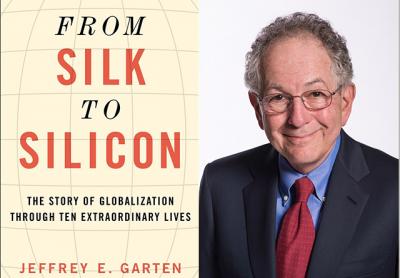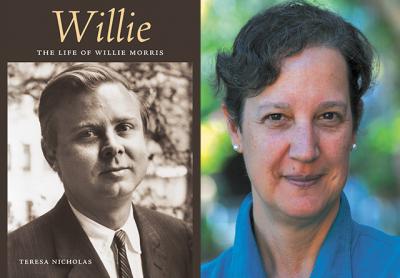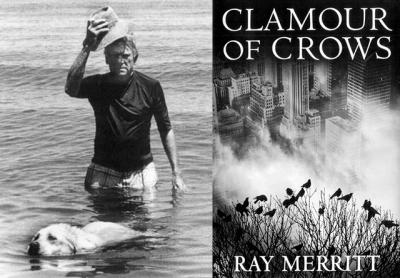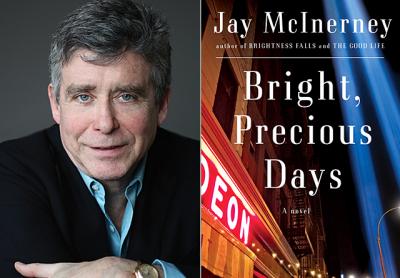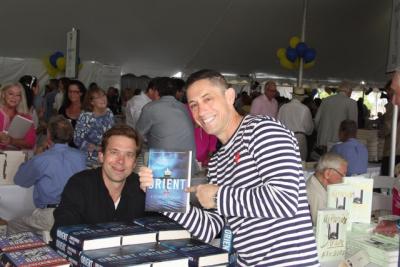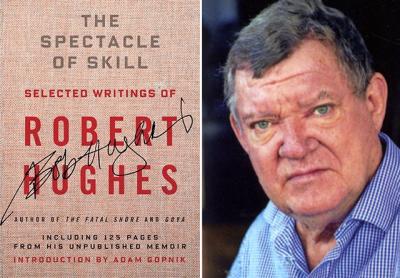Return of the Poetry Marathon
Return of the Poetry Marathon
Remember the Poetry Marathon? Held each summer at the Marine Museum on Bluff Road in Amagansett for years before it quietly left the scene? Well, it’s back, this time for one day only, but after that you can look for it again next summer, thanks largely to Dee Slavutin, a Springs poet seemingly struck by this inspiration earlier this summer as she stood in The Star’s front office. Part of the idea was to hold a tribute to the past organizers, Sylvia Chavkin and Bebe Antell.
What that means in the short term is that a lineup of poets, including Ms. Slavutin, will read from their work on Sunday starting at 4 p.m. at the marathon’s traditional location. A reception with refreshments will follow.
Among the readers: Carole Stone, known to review poetry books for this newspaper, Virginia Walker, the author of the recent “Neuron Mirror,” Rosalind Brenner, Michelle Murphy, Walter Donway, Jo Carney, and Pauline Yeats. Teri Kennedy will handle the introductions.
Below is “The Bird Clock” from Ms. Slavutin’s new collection, “Wingspan: Search for Food.”
“What are you doing with your life?”
I hear in their warble.
I reply only to the mourning dove,
dwelling in his continuum as on a
swell that never crests.
When this dove speaks my ribs sway.
I glimpse myself in shadow and form.
When I listen to this steadfast bird,
his beguiling cool control,
the patient syrup in his throat,
time stops from cresting;
in (t)his one note, I am.
Eleven birds make noise like garbage trucks,
removing the debris of hours.
Their chirps are empty pushcarts selling time.
Proof, there is less than plenty left.

